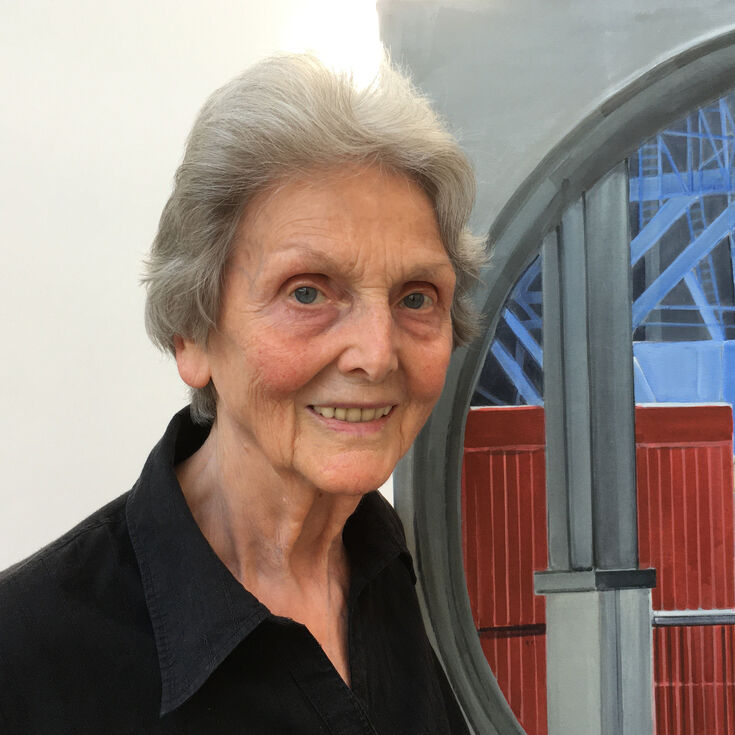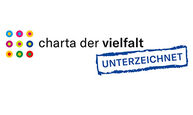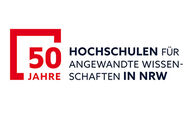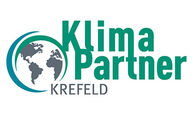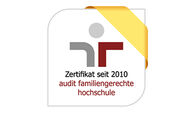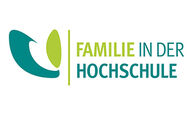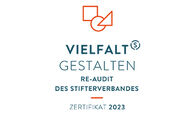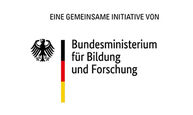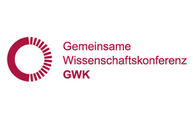She attended the master class of probably the most important artist working at TIS: Elisabeth Kadow. Kadow, who received her apprenticeship at the Staatliches Bauhaus in Weimar, among other places, began her own teaching career at TIS in Krefeld in 1940. Together with Georg Muche and Immeke Mitscherlich, she kept the "spirit of the Bauhaus" alive. After the departure of Georg Muche in 1958, Kadow took over the direction of the master class for textile art in Krefeld. At that time, the art department of the TIS at Frankenring passed the classes of weaving design, print design, tailoring and fashion graphics. The "crowning glory" was the master class for textile art. In four semesters, the pupils, who were not allowed to call themselves pupils or students, since no Abitur was required for admission to the master class, were trained in textile design for weaving and printing. In addition to a weekly lecture in art history and stylistics, it was above all the lessons with Elisabeth Kadow that took up a lot of time. Painting techniques, nature studies, the transformation of painting and drawing into a textile design were just as much a part of the work as working out designs for specific orders from industry. In addition, in print and weaving design, there was the drawing of patterns, color settings and stenciling. Things that are now done with the help of computer programs. After four semesters, final exams were taken in all subjects by the eight students in the cohort, and examination portfolios were assessed for each faculty.
For the 18 to 21 year old women in the master class, the study situation in the early 1960s brought a level of independence never before experienced. They lived individually in extremely sparsely furnished rooms, where an electric plate was used for cooking. There was no running water in the rooms, only a sink in the hallway. In addition, an inadequate open heating and a toilet, which was somewhere far away in the house. On the two free afternoons and on Saturdays, and sometimes during the semester break, the young women went to work to earn a living or even a vacation trip. Irene de Navarro also remembers the lively parties and the very good team spirit that resulted in lifelong friendships.


